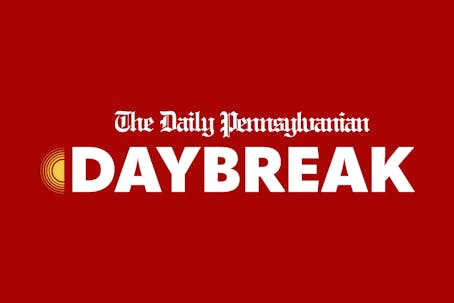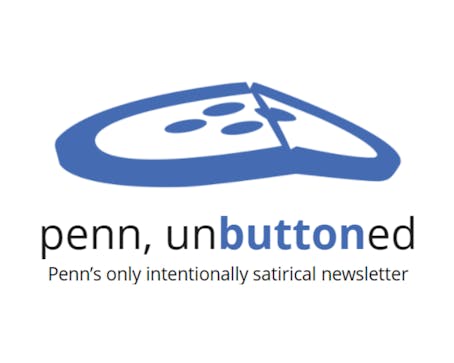
Going against the grain of the current 40th Street landscape, a new art exhibition space will open next month as a part of the Slought Networks program.
Slought Networks was created in the spring of 1999 as an organization which joins together contemporary art and the community. Slought also strives to enable critical analysis and the archiving of those different types of art. The 4017 Walnut Street location, adjacent to the offices of The Daily Pennsylvanian, is the program's first gallery, and will open on Oct. 18.
The space will feature a variety of exhibits, including art displays that will change about every two months, and will also serve as a weekly music and lecture venue. An art library and project work space will also comprise the small gallery on Walnut.
"We're resisting the aura of an institution," Aaron Levy, curator and Slought executive director said. "We don't want people to come and look at the art the way they think they're supposed to see it, we want them to see it in their own interpretation."
Slought was founded by Levy, a 1999 College graduate, English Professor Al Filreis and Tom Lussenhop, managing director of Real Estate, but is a private institution separate from Penn.
The organization remains private despite its six-year lease with the University, and Vice President of Facilities and Real Estate Services Omar Blaik said that the gallery is particularly effective as part of the total atmosphere of the 40th Street Marketplace.
"Our new retail strategy for 40th Street is one that really reflects the diverse community which we live in," he said. "We don't want to be simply a commercial corridor."
Blaik hopes for additional opportunities like the Slought Networks Gallery, and Levy echoed those sentiments.
The program's inception "plays right into this notion of the 40th Street renewal," Levy said.
"We want to see how the arts can be incorporated in that [revitalization]. We want to catalyze these changes."
But beyond the initial concept, Levy says that the gallery is more concerned with its long-term impact than immediate responses to it.
"We won't really know if this exhibition or jazz show or anything is successful immediately," he said. "We might not know until five years down the road... it's largely improvisational."
Levy said he and his fellow curators, artist Osvaldo Romberg and English professor Jean-Michel Rabate -- a group which is teaching a class this semester -- are also interested in the response of their visitors.
"We hope that people will come in here for one thing and become interested in another," Levy explained. "The idea is that you wouldn't need to understand everything to appreciate it."
The Daily Pennsylvanian is an independent, student-run newspaper. Please consider making a donation to support the coverage that shapes the University. Your generosity ensures a future of strong journalism at Penn.
DonatePlease note All comments are eligible for publication in The Daily Pennsylvanian.








